Description
Der Immerwährendeschmerz by Heinrich Hörle printed on a T-Shirt
About the T-Shirt
Regular fit
Standard length, the fabric easily gives into movement
Casual wear
A classic, everyday option loved by our customers
Side-seamed
Constructed by sewing two parts together, creating a fitted look
The Unisex Staple T-Shirt feels soft and light with just the right amount of stretch. It’s comfortable and flattering for all. We can’t compliment this shirt enough–it’s one of our crowd favorites, and it’s sure to be your next favorite too!
- Solid colors are 100% Airlume combed and ring-spun cotton
- Ash color is 99% combed and ring-spun cotton, 1% polyester
- Heather colors are 52% combed and ring-spun cotton, 48% polyester
- Athletic and Black Heather are 90% combed and ring-spun cotton, 10% polyester
- Heather Prism colors are 99% combed and ring-spun cotton, 1% polyester
- Fabric weight: 4.2 oz./yd.² (142 g/m²)
- Pre-shrunk fabric
- 30 singles
- Side-seamed construction
- Tear-away label
- Shoulder-to-shoulder taping
- Blank product sourced from Nicaragua, Mexico, Honduras, or the US
Heinrich Hörle (1895 – 1936)
Heinrich Hoerle was a German constructivist artist of the New Objectivity movement.
Hoerle was born in Cologne. He studied at the Cologne School of Arts and Crafts but was mostly self-taught as an artist. After military service in World War I he met Franz Wilhelm Seiwert in 1919 and worked with him on the journal Ventilator. Together with his wife Angelika (1899–1923), Hoerle became active in the Cologne Dada scene. He co-founded the artists’ group Stupid, and in 1920 he published the Krüppelmappe (Cripples Portfolio). Hoerle’s work retained a certain dour absurdism after he adopted a figurative constructivist style influenced by the Russians Vladimir Tatlin and El Lissitzky, by Fernand Léger, and by the Dutch movement De Stijl. His paintings feature generic-looking figures, presented in strict profile or in stiff, frontal poses.
In 1929 he began collaboration with Seiwert and Walter Stern on the publication of “a-z”, the journal of the Cologne Progressives art group. He was among the many German artists whose works were condemned as degenerate art when the Nazis took power in 1933. He died in Cologne in 1936 at the age of 40.

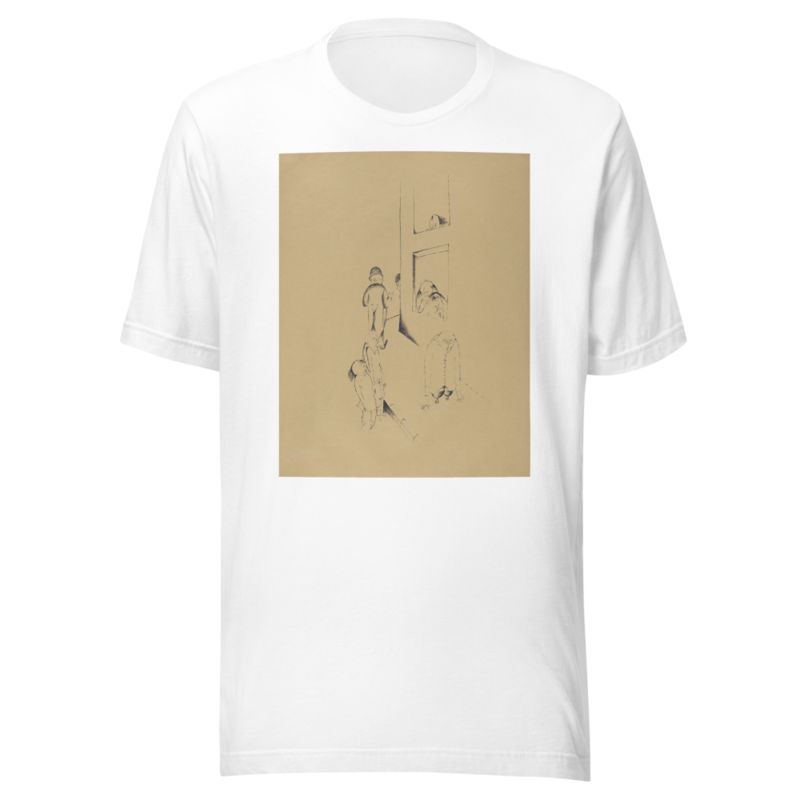
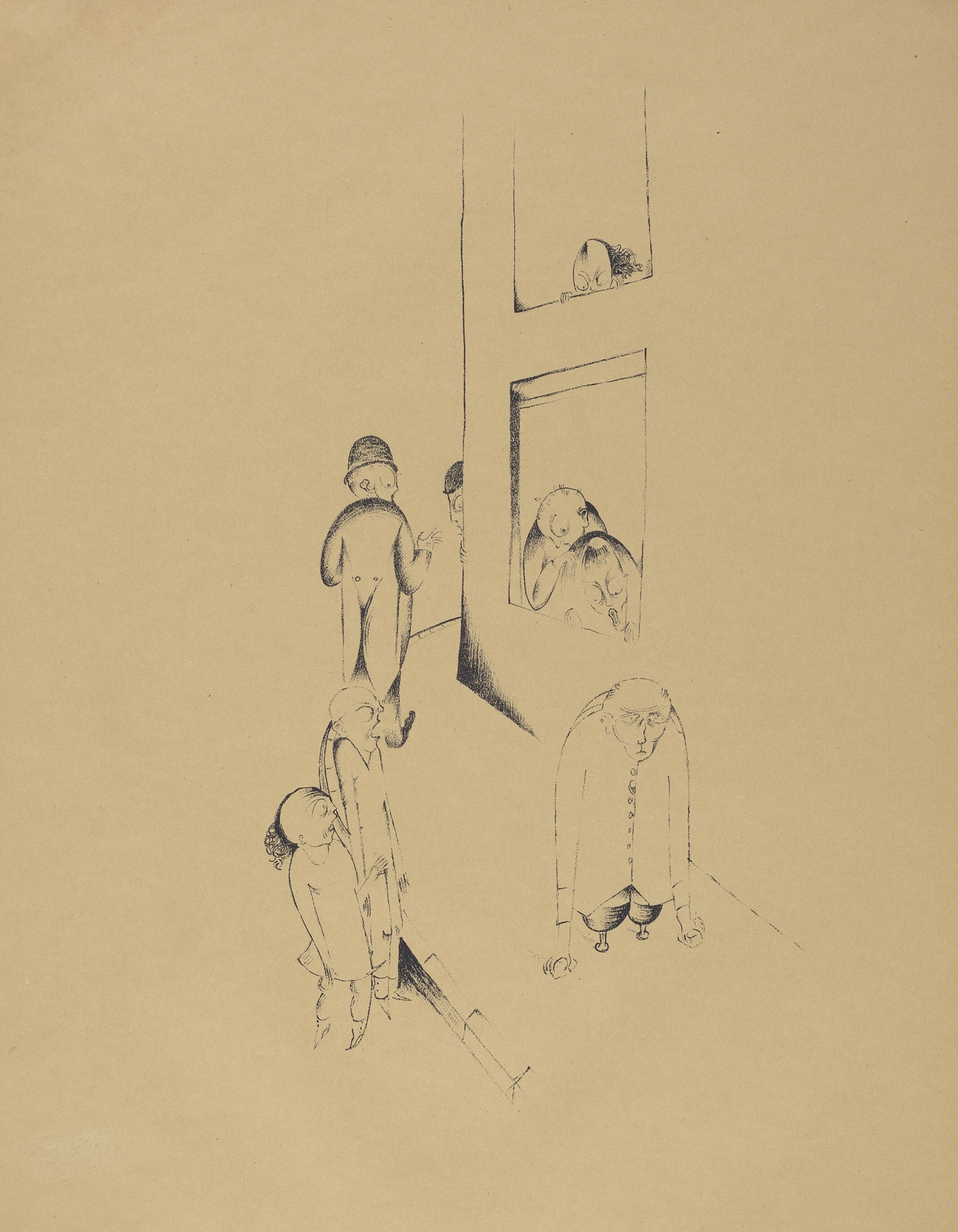
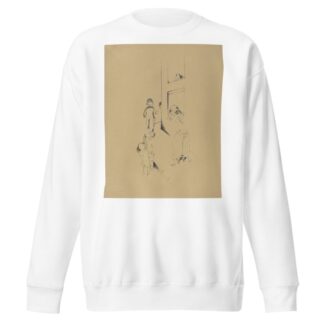
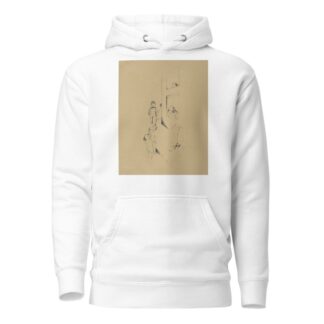
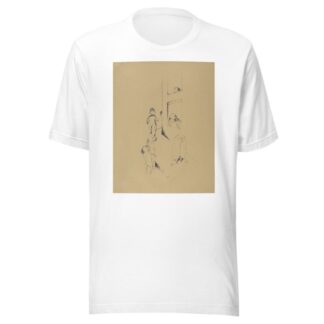
Reviews
There are no reviews yet.